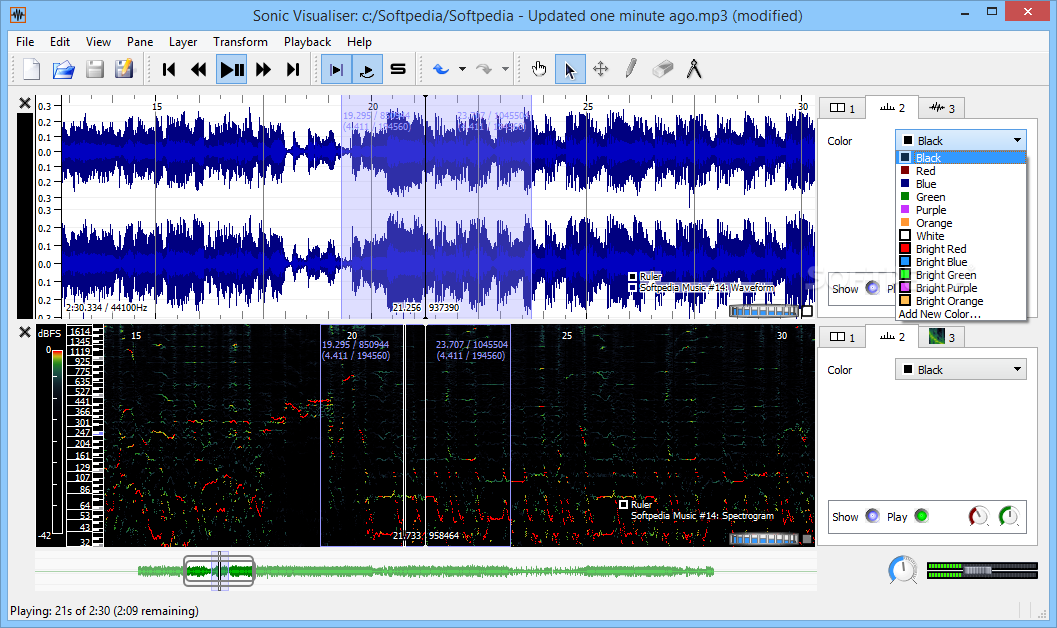

In particular, we develop musically motivated filtering techniques to detect stable regions in F0-trajectories and compensate for pitch drifts. As a third contribution of this thesis, we present computational tools for handling such peculiarities. One major challenge for computational analysis of polyphonic singing constitute stylistic elements such as pitch slides and pitch drifts, which can introduce blurring in analysis results. In this way, our approach enables the analysis and exploration of large unlabeled audio collections. As a second contribution, we present an approach to assess the reliability of automatically extracted F0-estimates by fusing the outputs of several F0-estimation algorithms. Computational analysis of polyphonic vocal music typically requires annotations of the singers’ fundamental frequency (F0) trajectories, which are labor-intensive to generate and may not be available for a particular recording collection. We show that our method can be used to adjust intonation (fine-tuning of pitch) in vocal recordings, e.g., in postproduction contexts. First, we develop an approach for applying time-varying pitch shifts to audio signals based on non-linear time-scale modification (TSM) and resampling techniques. This thesis contributes several computational tools for processing, analyzing, and exploring singing voice recordings using methods from signal processing, computer science, and music information retrieval (MIR). For studying performance aspects and cultural differences, the analysis of recorded audio material has become of increasing importance. Polyphonic vocal music is an integral part of music cultures around the world.


 0 kommentar(er)
0 kommentar(er)
